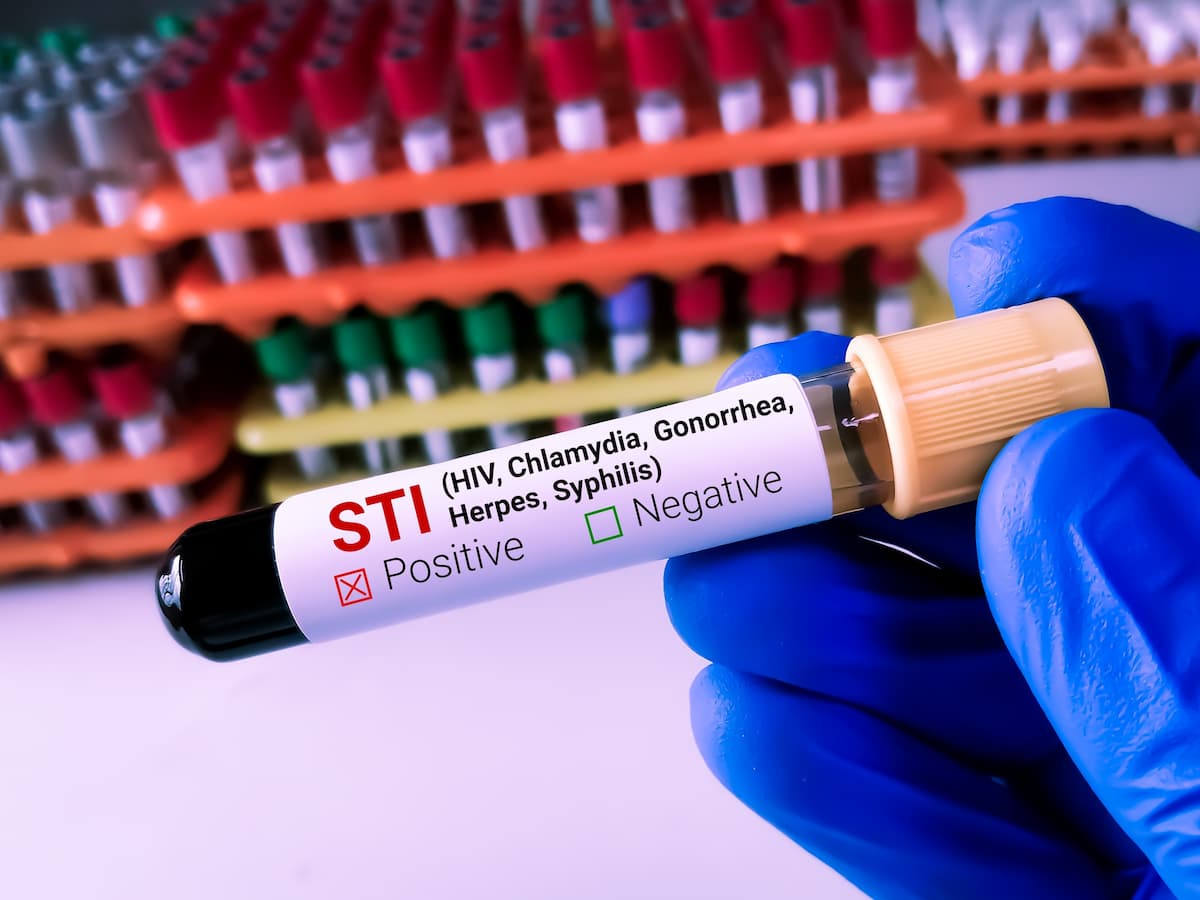- CDC
- Heart Failure
- Cardiovascular Clinical Consult
- Adult Immunization
- Hepatic Disease
- Rare Disorders
- Pediatric Immunization
- Implementing The Topcon Ocular Telehealth Platform
- Weight Management
- Monkeypox
- Guidelines
- Men's Health
- Psychiatry
- Allergy
- Nutrition
- Women's Health
- Cardiology
- Substance Use
- Pediatrics
- Kidney Disease
- Genetics
- Complimentary & Alternative Medicine
- Dermatology
- Endocrinology
- Oral Medicine
- Otorhinolaryngologic Diseases
- Pain
- Gastrointestinal Disorders
- Geriatrics
- Infection
- Musculoskeletal Disorders
- Obesity
- Rheumatology
- Technology
- Cancer
- Nephrology
- Anemia
- Neurology
- Pulmonology
CDC: Gonorrhea Cases Declined for First Time in Decade, but Syphilis Keeps Climbing
Reported cases of chlamydia, syphilis, and gonorrhea in the US surpassed 2.5 million for the third time in 5 years, according to CDC.

Reported cases of gonorrhea in the US declined for the first time in nearly a decade while cases of chlamydia remained level and syphilis cases continued to increase in 2022, according to new data released from the US Centers for Disease Control and Prevention (CDC).1
Findings come from the CDC’s annual report, Sexually Transmitted Infections (STI) Surveillance, 2022, published January 30, 2024.1
“The CDC’s latest STI data shows that our nation is facing a rapidly deteriorating public health crisis with real lives at stake. STIs – especially syphilis – will continue to spiral out of control until the administration and Congress provide communities with the funding they need to provide the most basic screening, treatment, and prevention services,” said the National Coalition of STD Directors (NCSD) in a January 30, 2024, press release.2
The CDC used data collected through the National Notifiable Diseases Surveillance System and other STI monitoring programs, including the STD Surveillance Network and the Gonococcal Isolate Surveillance Project, to report rates and trends for syphilis, chlamydia, and gonorrhea for the 5-year period from 2018 to 2022.1
The agency found that overall, in 2022, over 2.5 million cases of syphilis, gonorrhea, and chlamydia were reported in the US.
Also, while cases of gonorrhea declined by 8.7% between 2021 and 2022, cases of congenital syphilis increased significantly, as did cases of syphilis at all stages, which has caused concern among public health experts.
“Within the STI epidemic, syphilis is one infection that stands alone,” said Laura Bachman, MD, MPH, acting director of the CDC’s Division of STD Prevention, in a press release published along with the report. “We are calling on all partners, particularly health care providers, to understand who should be tested for syphilis in their community...Every case is one too many when we have the tools to prevent it.”1
According to the report, syphilis cases (all stages and congenital syphilis) increased 80% in the past 5 years. In 2022, there were 3755 reported cases of congenital syphilis, “reflecting an alarming 937 percent increase in the past decade,” wrote the CDC in the announcement.
In addition, cases of primary and secondary syphilis increased 10% in 2022 alone and 68% since 2018, according to the report.
In 2022, according to additional findings from the report, there were1:
- 1 649 716 reported cases of chlamydia, a 0.3% increase from 2021 when there were 1 644 416 reported cases.
- 648 056 reported cases of gonorrhea, an 8.7% increase from 2021 when there were 710 151 cases.
- 203 500 cases of syphilis (all stages), a 17% increase from 2021 when there were 173 858 cases.
- 3755 reported cases of congenital syphilis, a 30.6% increase from 2021 when there were 2875 cases.
“There are no shortcuts, and we have to meet people where they are. Some people face tremendous barriers to STI prevention and health services. So, the most important work is often outside the clinic, whether it be reaching out to communities with testing, interviewing patients to offer services to their partners, or delivering treatment directly to someone,” stated Bachmann.1
References:
- CDC’s 2022 STI Surveillance Report underscores that STIs must be a public health priority. CDC announcement. January 30, 2024. Accessed February 5, 2024. https://www.cdc.gov/std/statistics/2022/default.htm
- Out-of-control STI epidemic continues to put lives at risk. National Coalition of STD Directors press release. January 30, 2024. Accessed February 5, 2024. https://www.ncsddc.org/out-of-control-sti-epidemic-continues-to-put-lives-at-risk/
